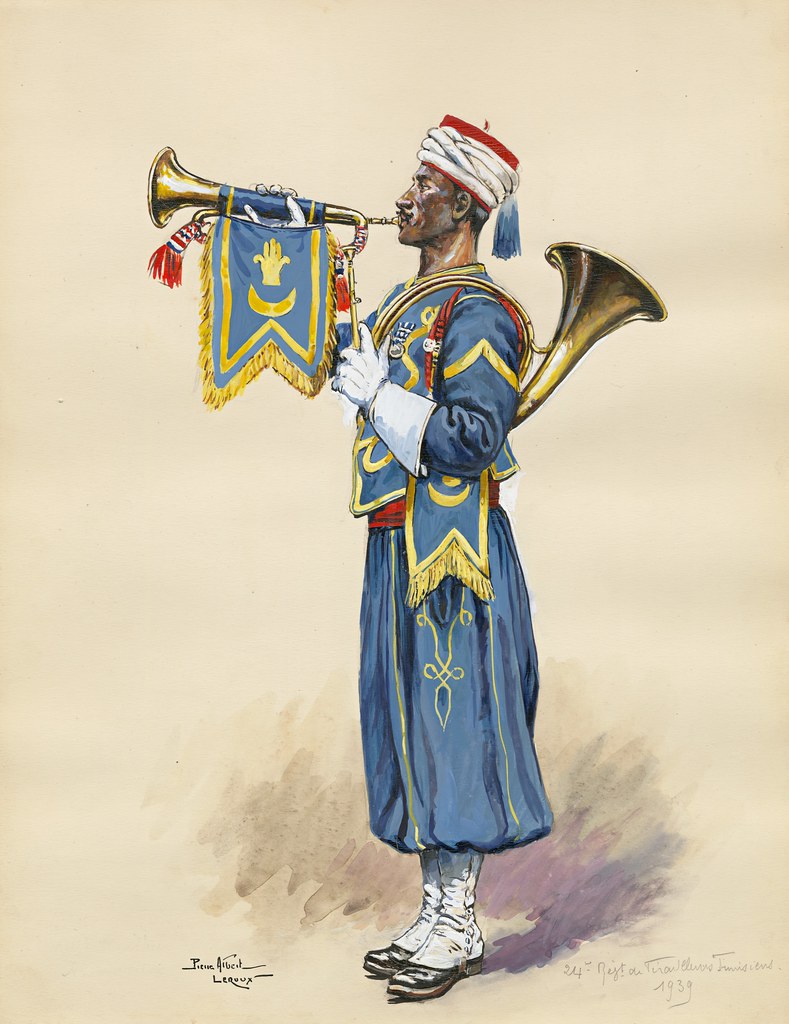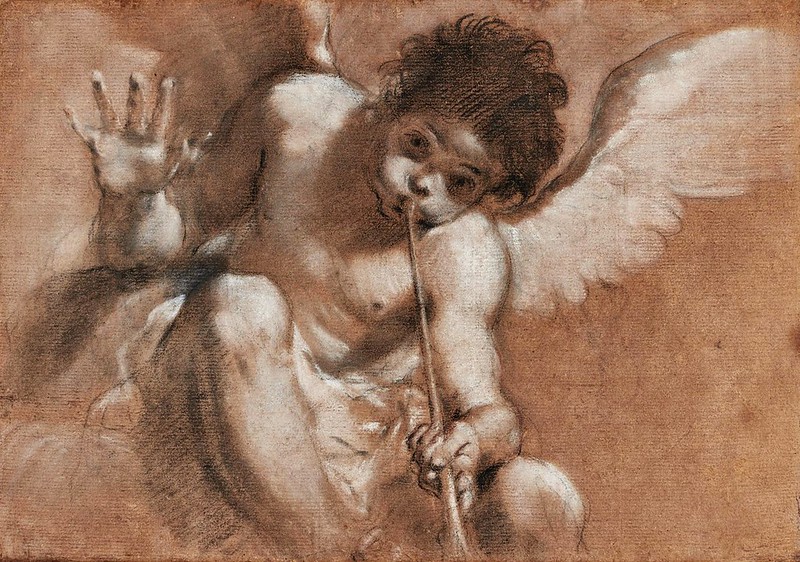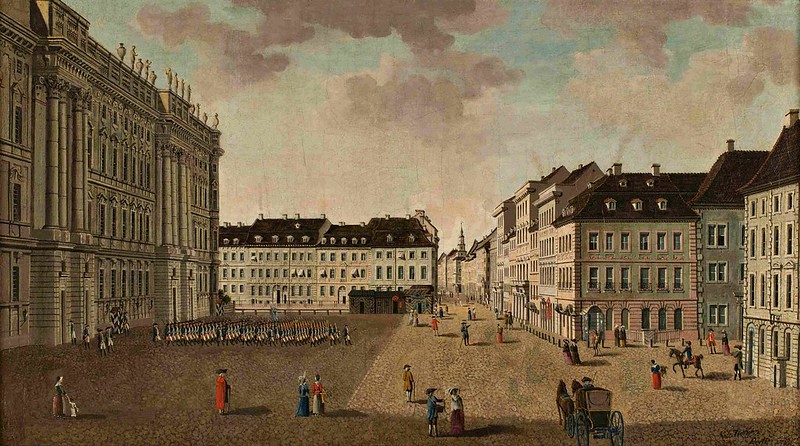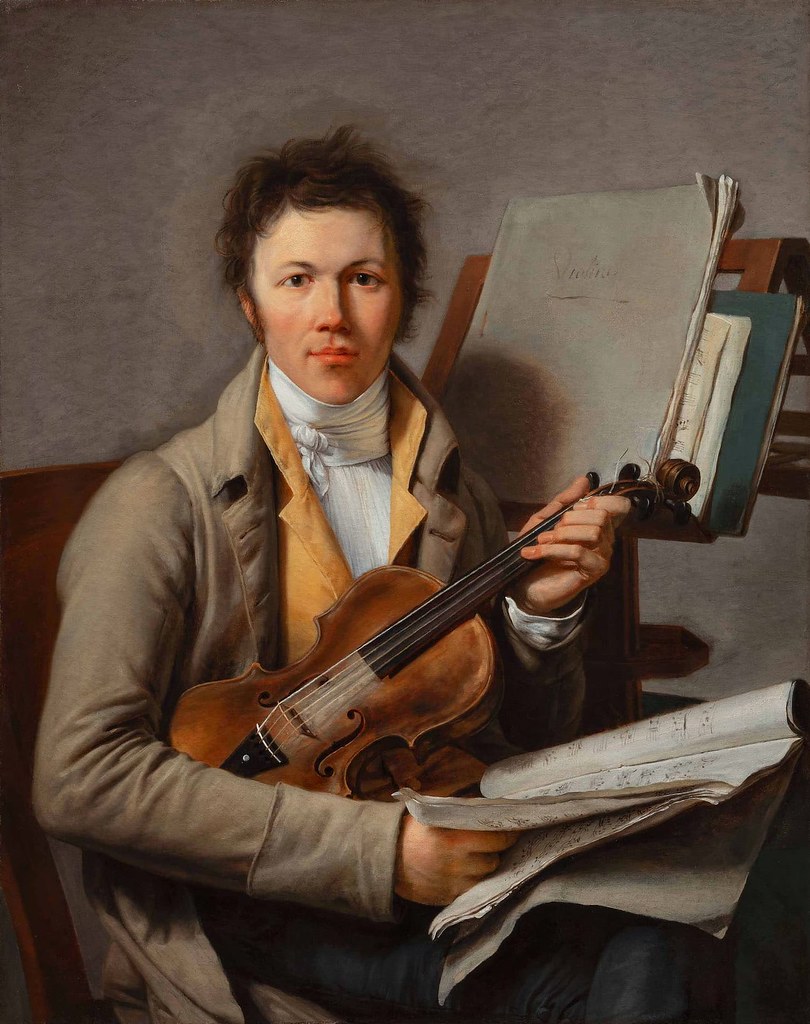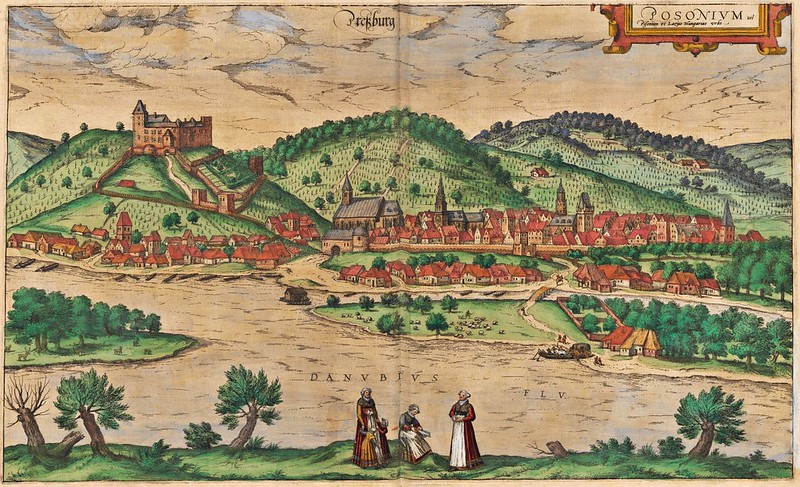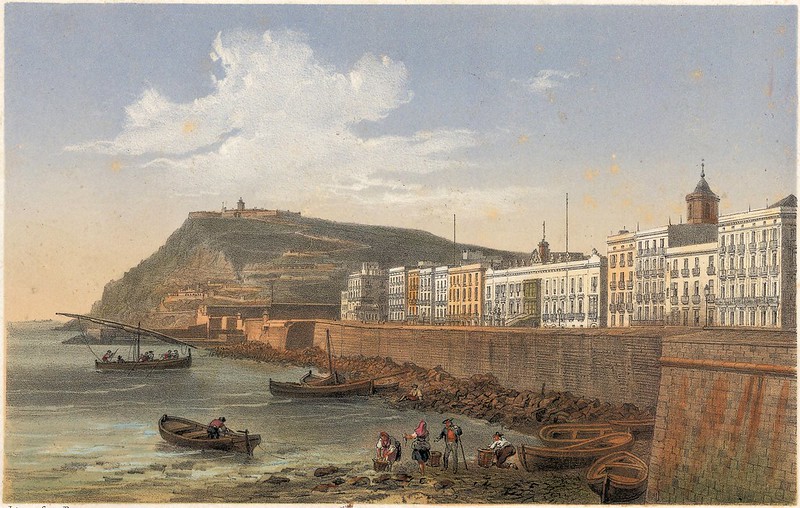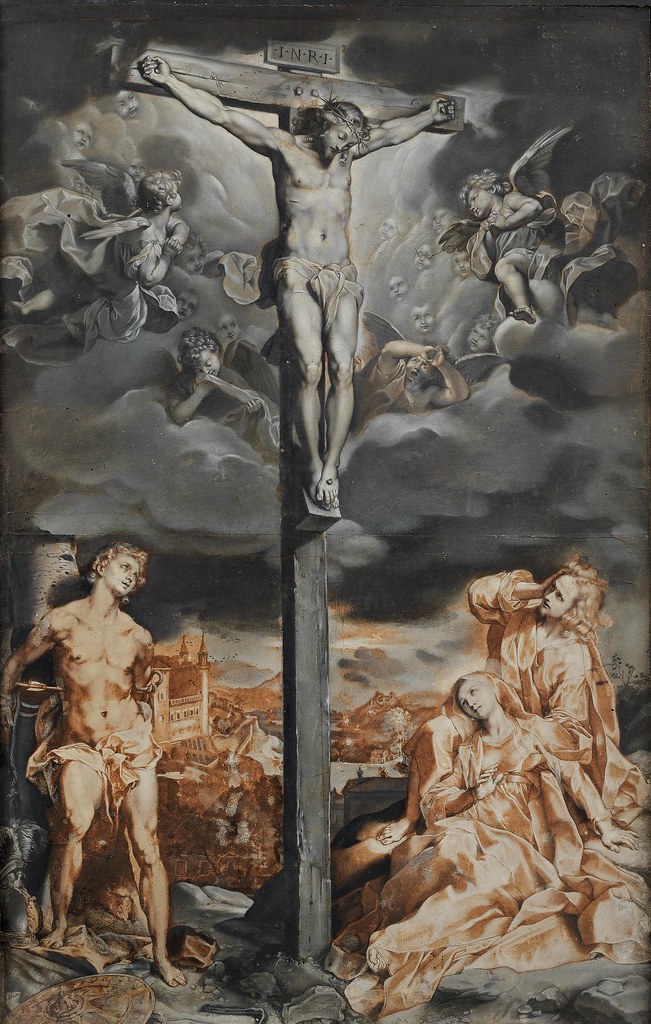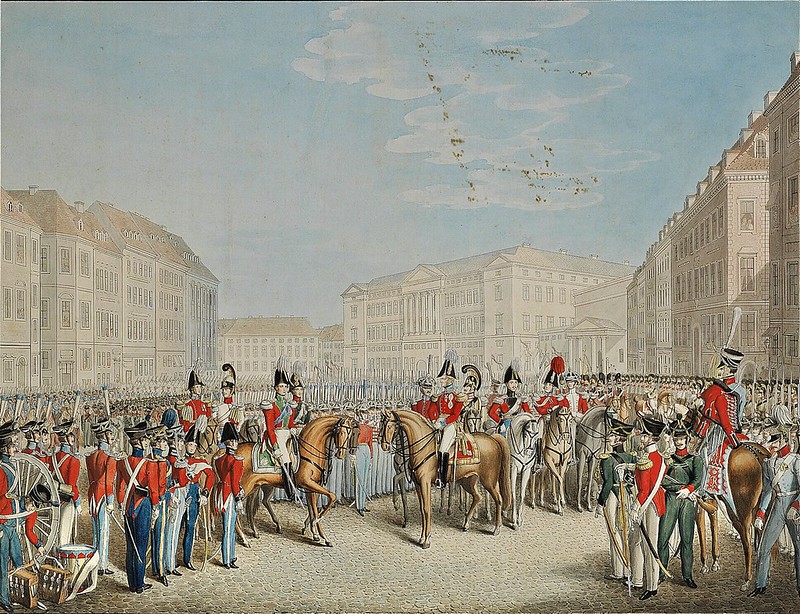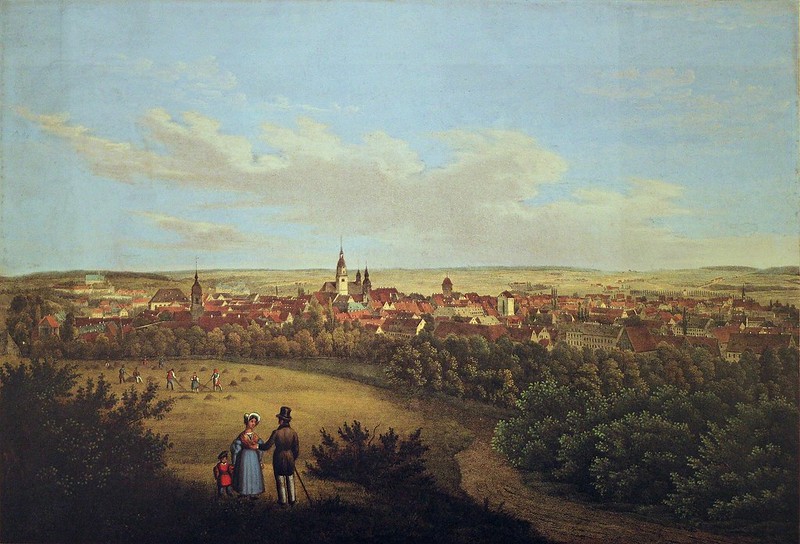Gioacchino Rossini (1792-1868)
- Giovanna d'Arco (1832)
Performers: Jiřina Mаrkοvá (soprano); Orchestre du Philharmonique de Prague; Edoardo Brіzіo (1927-2010, conductor)
Further info: Gioacchino Rossini (1792-1868) - Messa di Milano
---
Italian composer. He was an only child to parents Giuseppe Rossino (1758-1839), a
trumpeter and horn player, and Anna Guidarini (1771-1827), a seamstress by trade but
later becoming a singer. Giuseppe a feckless father, was imprisoned at
least twice, leaving much of Gioachino’s upbringing to his mother Anna,
it was when he was six that Anna embarked on a professional singing
career in comic opera with some considerable success. As a result of
this, Rossini spent his entire childhood in and around the theatre with
singing and playing coming naturally to him. When the family moved to
Lugo in 1802, Rossini began studying music with a local priest and was
inspired by his collection of Mozart and Haydn. A quick learner, by the
age of 12 he had composed six sonatas and two years later he joined
Bologna’s Philharmonic School and composed his first opera, Demetrio e
Polibio (1806). Rossini staged his first opera in 1810 to great success
and financial reward and this was quickly followed by three more operas
in addition to directing Haydn’s The Seasons in Bologna. In 1812, his
two-act comedy La pietra del paragone ran for 53 performances at La
Scala in Milan bringing him more financial benefits. In 1815, Rossini
moved to Naples, once the operatic capital of Europe, to become director
of music for the royal theatres. He quickly won audiences favour and
re-used a lot of his earlier work which was unfamiliar in the city. Due
to his success in Naples, Rossini was able to write more regularly, and
it was during this time that he wrote some of his most famous works
including; Il barbiere di siviglia (1816) which was subsequently revived
in Bologna and Otello (1816).
Anti-monarchy sentiment in Naples unsettled Rossini and in 1822 he
travelled to Vienna with his new wife, Isabella Colbran where he was
received with such enthusiasm that biographers have termed it “Rossini
fever”. London followed with a welcome from King George IV, however
despite being lucrative Rossini soon returned to Paris after signing a
contract with the French Embassy. His Parisian seasons between 1823 and
1829 consolidated his achievements at home with spectacularly grand
works such as Le Comte Ory (1828) and William Tell (1829). After 39
operas in 19 years, Rossini felt with Tell he had reached not only the
culmination of his career but also a natural resting point, and
therefore retired from operatic composition. He did not stop composing
altogether – one of the delights of his retirement years is his Petite
messe solenelle, an ironic title for a sacred work that is neither small
nor solemn. Rossini’s health complications were also a factor in his
choice to retire at the age of 37 as he suffered from both urethritis
and arthritis as well as bouts of depression and possibly bipolar
disorder. He was also profoundly affected by the death of his mother
Anna, followed by the death of his father and wife, Colbran and by the
1850s his mental and physical health had significantly deteriorated. In
1855, he returned to Paris for medical care and for a time recovered
well and began composing. As a man of significant wealth and fame and
known for his humour he established an internally renowned salon
(gathering of people by a host) and for these salons he wrote more than
150 compositions, referring to them as the ‘sins of old age’.

